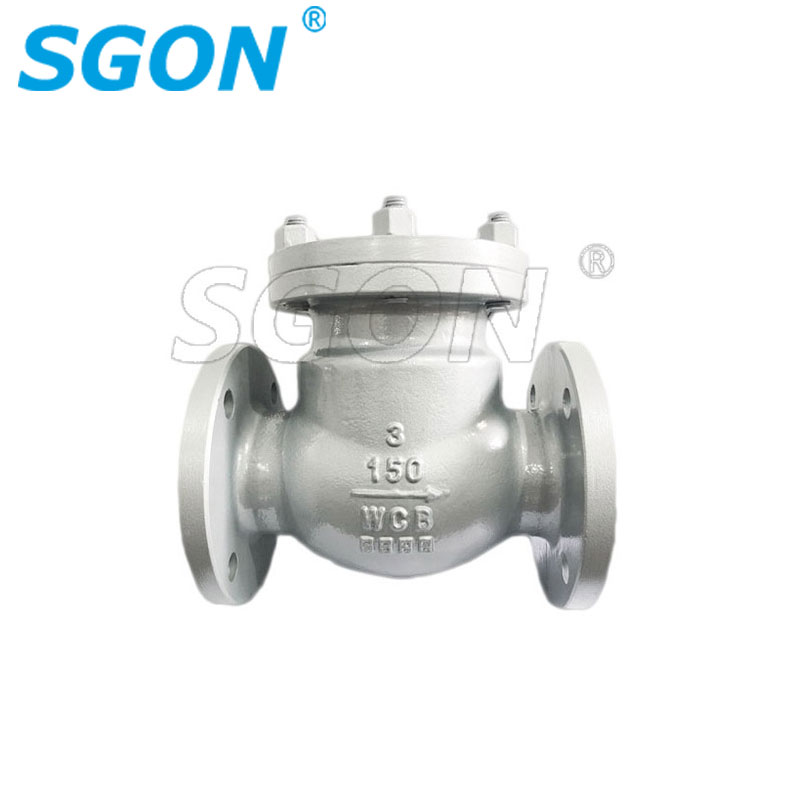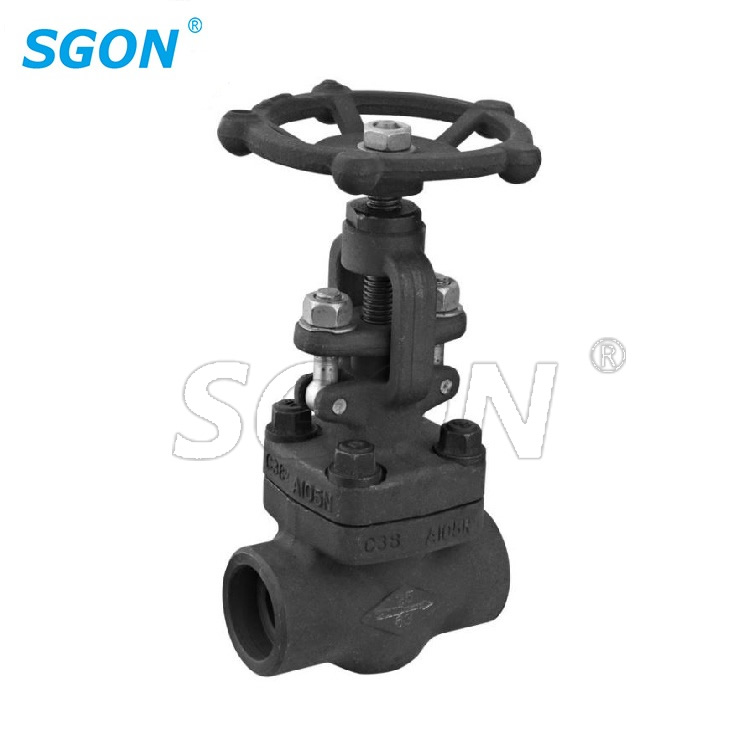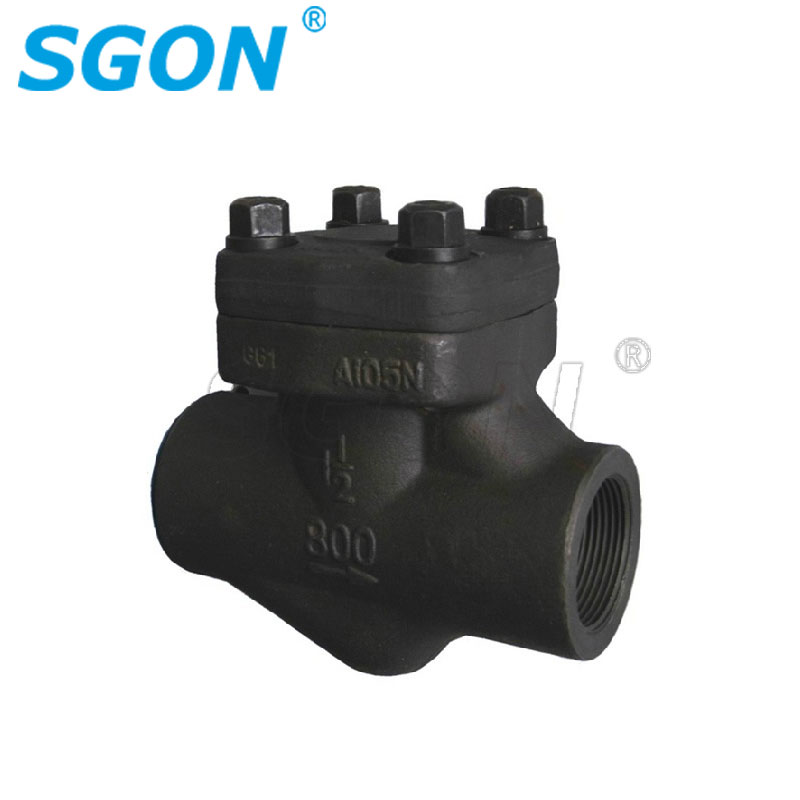Whether it is preventing medium backflow in industrial pipelines to protect the safety of pumps, or preventing sewage backflow in domestic waterways to ensure water hygiene, check valves protect the order and safety of fluid systems with their core function of one-way flow.
A check valve is an automatic valve that does not require external drive and relies on fluid pressure or its own components (valve disc, spring) to achieve one-way flow and prevent the medium in the pipeline from flowing back. The core function is to prevent the reverse flow of fluid, protect pumps, compressors and other equipment from backflow impact, or avoid malfunctions caused by backflow of medium in the system.
The working principle of the check valve mainly depends on the fluid pressure: when the fluid flows in from the inlet end, the valve disc opens under the action of pressure to allow the fluid to pass; when the fluid tries to flow in the opposite direction, the valve disc quickly closes under the action of gravity or spring force to prevent backflow.
|
characteristic |
Check valve |
Stop valve |
|
Function |
Prevent fluid backflow and ensure one-way flow |
Completely open or close fluid flow |
|
How to operate |
Automatic operation, no human intervention required |
Manual or actuator operation |
|
structure |
Simple structure,no external driving parts |
Complex structure, with valve stem and hand wheel and other parts |
|
Sealing performance |
Better, but may leak slightly at low pressure |
Zero leakage can be achieved |


Rising Threaded End Check Valve
The vertical check valve opens due to the medium pressure at the inlet end of the pipeline, overcoming the resistance of the valve spring. When the medium pressure at the inlet end is lower than that at the outlet end, the spring pushes the valve core to the valve seat to close the valve to prevent the medium from flowing back.

Wafer Check Valve
The wafer-type check valve has two semicircular discs. The fluid pressure pushes the disc to open. When reverse flow occurs, the disc closes. It is suitable for places with limited space.

Swing Check Valve
The disc of the swing check valve rotates around the axis and is suitable for large-diameter pipelines. It has a simple structure and good sealing performance.

1. Water supply system: In household and building water supply systems, check valves prevent water from flowing back when the pump stops running, protecting the pump equipment.
2. Industrial pipelines: In the chemical, petroleum, and electric power industries, check valves are used to prevent medium backflow and ensure the stability of the process flow.
3. HVAC system: Check valves prevent hot and cold water from mixing and maintain the thermal efficiency of the system.
4. Sewage treatment: In sewage treatment systems, check valves prevent sewage from flowing back and avoid environmental pollution.
5. Firefighting system: Check valves play a key role in firefighting pipelines to ensure that firefighting water is available at any time.
In essence, check valves are indispensable for maintaining the integrity and safety of fluid systems, preventing costly equipment failures, operational disruptions, or even hazardous backflow scenarios. Their simple yet effective design makes them a cornerstone in industries ranging from manufacturing to water treatment, ensuring seamless flow control and peace of mind in both industrial and everyday applications.
GET A QUOTE